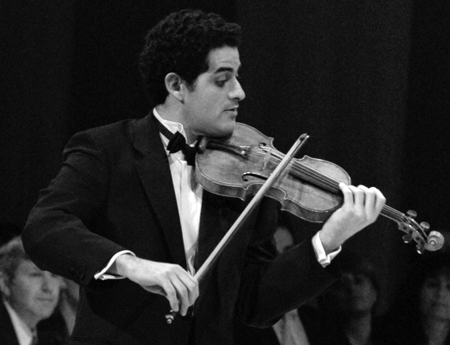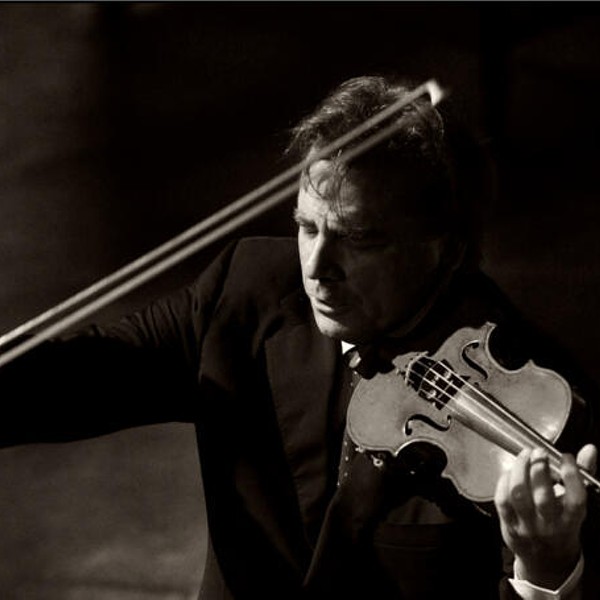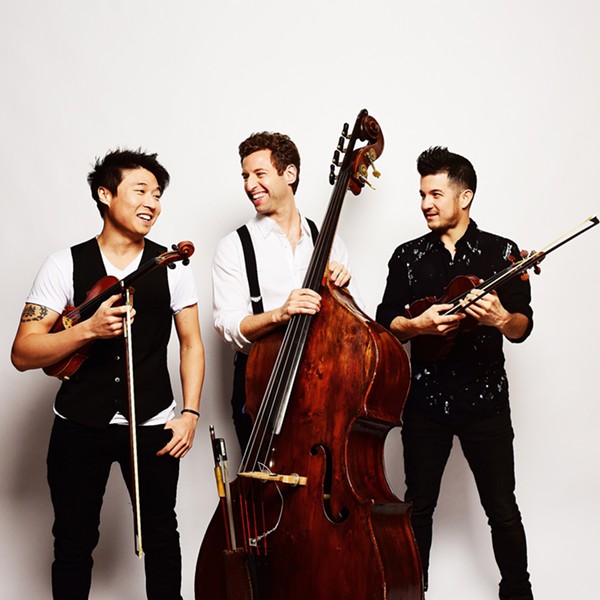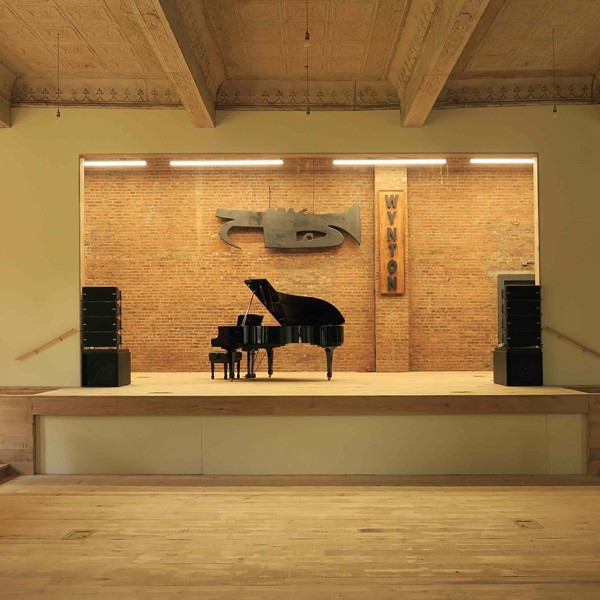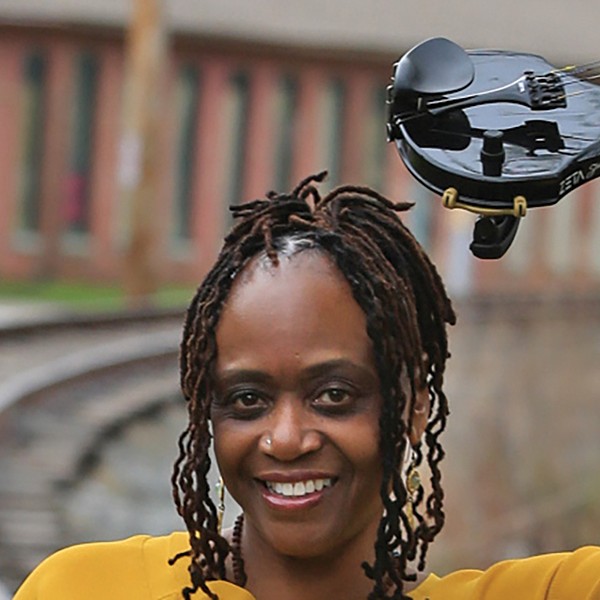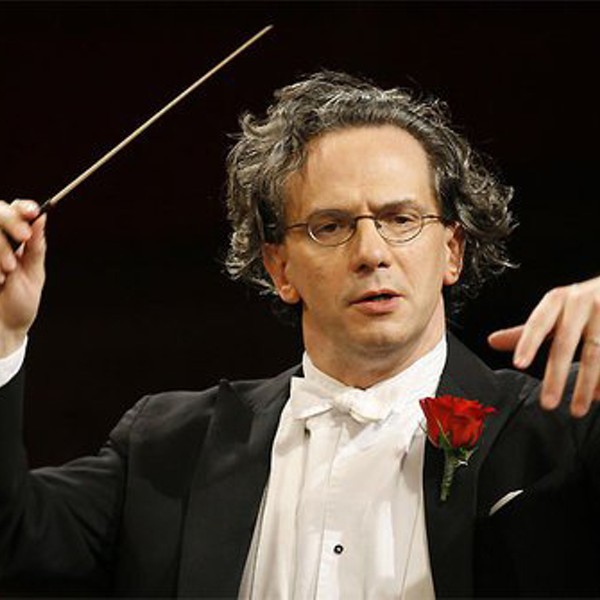When Johannes Brahms debuted his only violin concerto in Leipzig, Germany, on New Year’s Day, 1879, it sparked controversy. Henryk Wieniawski, the celebrated Polish violinist, called the work “unplayable.” The Spanish violinist Pablo de Sarasate flatly refused to perform the concerto. “Do you think,” he queried rhetorically, “that I would stand there with my violin in my hand and listen while the oboe plays the only melody in the entire piece?” The conductor Hans von Bülow claimed it was a concerto “against the violin.”
Indeed, the Concerto in D Major is a remarkable composition, including multiple stops, rapid scale passages, broken chords, and constant tempo changes. It’s bipolar music, veering from anger to sadness to impassioned defiance from one moment to the next. Sometimes the violin pitch is so high, it resembles a police siren. Like a late John Coltrane solo flailing against the limits of jazz, the Violin Concerto in D Major struggles with the conventions of classical music.
Brahms dedicated the concerto to Joseph Joachim, the virtuoso violinist who also first performed it. In fact, Joachim helped write the composition. Brahms, who was a pianist, sent him drafts of the concerto, which Joachim rewrote. (Brahms was uncertain how much was technically possible on the violin.)
Virtuosity is its own style. The speed of the playing, the control of the notes, and the extremes of musical range create an elastic musical mood.
Violinist Arnaud Sussmann won the 35th annual Hudson Valley Philharmonic String Competition, held at Vassar College in March. This yearly event draws performers from around the world, and narrows down to a playoff between three finalists. It’s like high art reality TV (without cameras).
Sussmann was born 21 years ago in Nice, France. Currently he is a student of maestro Itzhak Perlman—and also lives in his building in Manhattan! Mr. Sussmann is a winner of the Daviol Gritz Violin Award at Tanglewood. He plays on a Franciscus Celoniatus violin built in Turin in 1732.
Call me a philistine, but I’m amazed a violinist can remember 41 minutes' worth of music without once looking at a written page.
I asked Randall Fleischer what the difficulties are in conducting the Brahms concerto. “Everything!” he replied. “First of all, it’s one of the hardest pieces for a soloist. Then there is a certain rhythmic freedom that has to be present which causes accompaniment issues in terms of me keeping the entire orchestra exactly in perfect synchronization with the soloist. Finally, the piece has such an amazing dramatic arc to it with so many intense moments. Each one of those moments has to have its own perfect personality and intention. Ahhhhh! It’s so great and so hard!!”
The concert will include selections from “Hansel und Gretel” by Engelbert Humperdinck (not the 1960s pop star). Humperdinck described this work as a “fairy opera.” Stravinsky’s “Symphony in Three Movements” (1945), which expressed his disgust at the Nazis, will also be performed.
Mr. Fleischer will deliver a lecture one hour before the performance.
“Bravo Brahms” will be performed Saturday, December 15, at 8pm at the Bardavon, 35 Market Street in Poughkeepsie. (845) 473-2072; www.bardavon.org.







